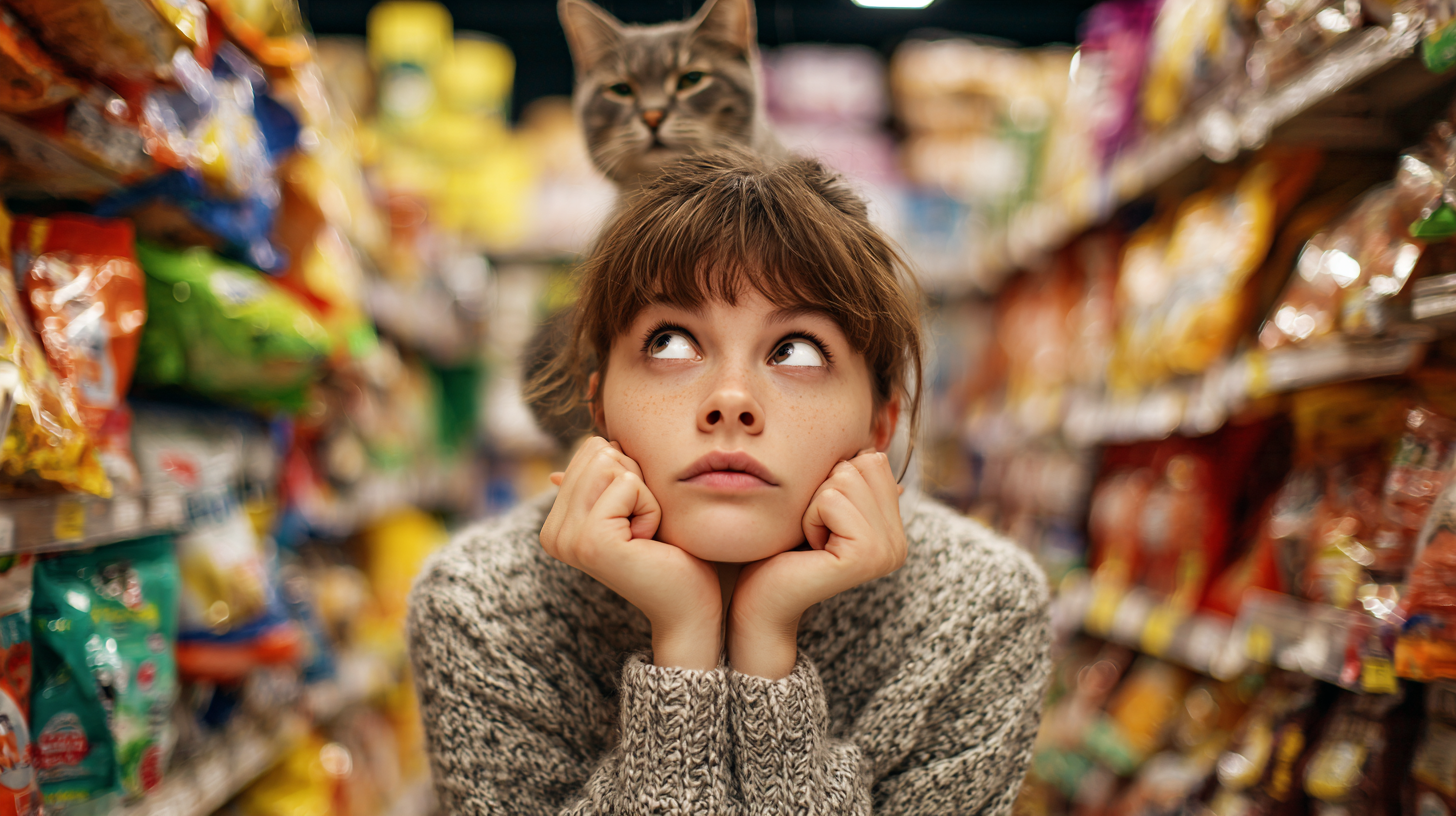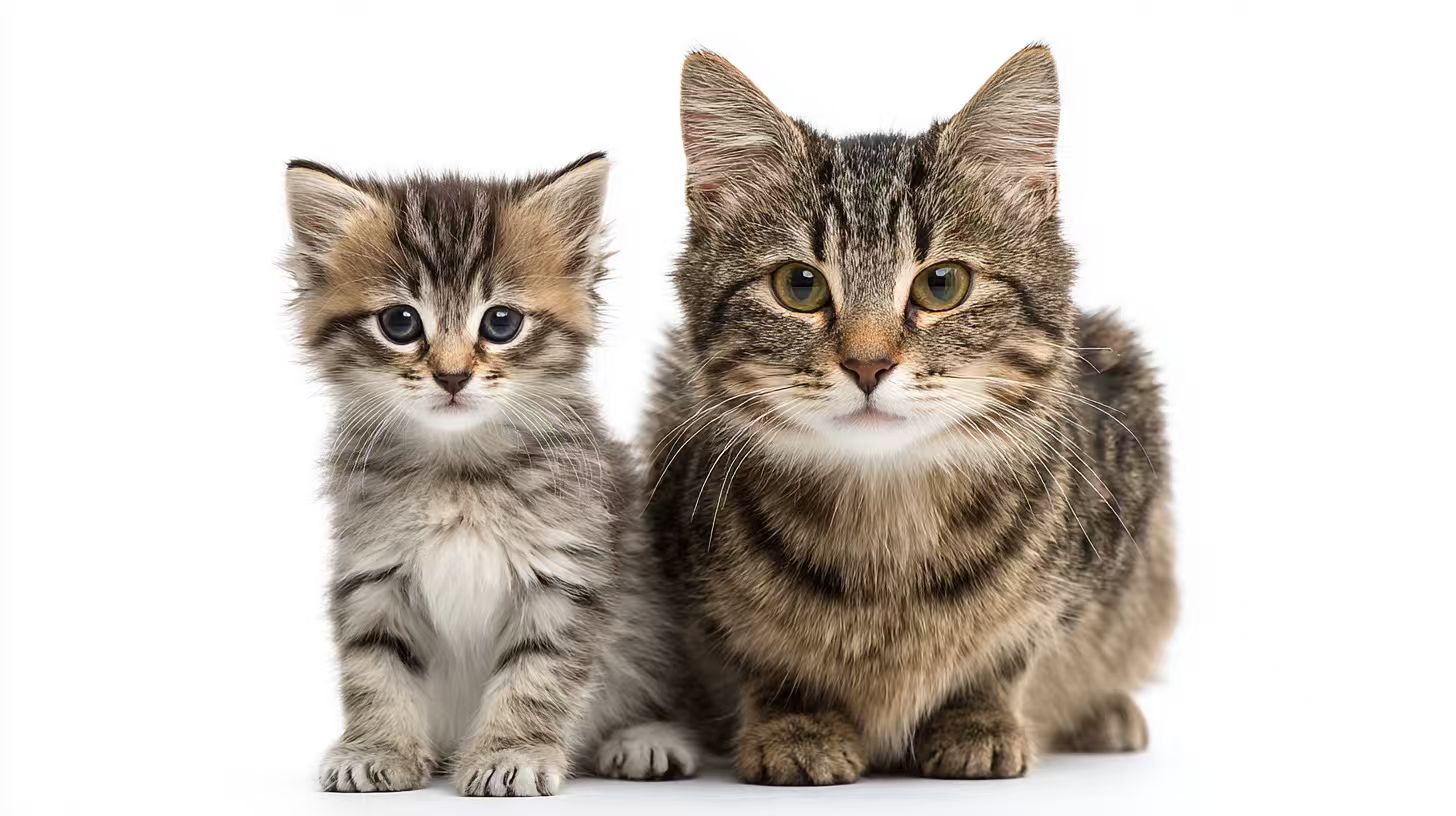Finding the right cat food for a sensitive stomach can be hard. It is sad to watch your cat have stomach problems, and all the different food choices can be a lot to handle. A sensitive stomach is more than a small problem because it can affect your cat’s health and happiness. This guide will help you understand stomach issues and learn about special diets. This will make it easier to choose the best cat food for a sensitive stomach.
Understand Sensitive Stomachs in Cats
A "sensitive stomach" is a simple name for many kinds of digestive problems. Knowing the signs is the first step to finding a fix. Common signs are vomiting often, having diarrhea or soft stools, having a lot of gas, and not wanting to eat. Your cat might also lose weight or have a dull coat because it is not getting enough good things from its food.
Many things can cause these problems. The most common cause is a food intolerance, which is when one ingredient in the food causes a bad reaction. Other causes can be eating too fast, stress, or a sudden change in food. Sometimes, other health problems can be the cause. It is very important to talk to a vet to check for any serious health issues before you change your cat’s food.
What to Look For in Cat Food for Sensitive Stomach
When you look for a digestive health cat food, it is very important to read the label. Not all foods are the same, so you should look for one with ingredients that are easy for a cat to digest. The food should also not have common things that cause problems.
Here are the main things to look for:
- Limited Ingredient Diet (LID): These foods have fewer ingredients. This makes it less likely your cat will eat something that bothers its stomach. They usually have one kind of meat protein and one or two simple carbohydrates.
- Novel Proteins: Many food problems are linked to common meats like chicken and beef. A "novel" protein is a meat your cat has probably never had before, like duck or rabbit. A food with a novel protein can often help the stomach feel better.
- Easily Digestible Carbohydrates: Cats need meat, but many cat foods have some carbohydrates. Look for good, gentle carbs like sweet potatoes or peas. Try to avoid corn, wheat, or soy because these can be hard for some cats to digest.
- No Artificial Additives: Fake colors, flavors, and preservatives can bother a sensitive cat. The best cat food for a sensitive stomach uses natural ingredients to taste good and stay fresh.

Best Types of Cat Food for Sensitive Stomach
Special cat foods are often grouped by what's in them. For cats with stomach issues, some types have worked very well. It is best to focus on foods that match what cats naturally need to eat.
High-Protein Dry Cat Food
Cats are true meat-eaters, so their bodies are made to get what they need from animal protein. A high protein cat food is good for this natural need. Good animal protein is important for strong muscles, and it is also easy for most cats to digest.
When a food has a lot of animal protein, it usually has less of the carbohydrate fillers that can cause stomach problems. This makes it a great choice for cats that are sensitive to grains or too many carbs. Look for foods where a meat like "chicken" or "salmon" is the first thing on the ingredients list. This shows the protein is good.
Grain-Free Cat Food
Grain free cat food is now a very popular choice for cats with sensitive stomachs. This is because grains like corn and wheat are common things that cause allergies in cats. Taking these ingredients out of the diet can make a big improvement in stomach health for many cats. It can reduce problems like gas and diarrhea.
But remember that "grain-free" does not mean "carb-free." These foods just use other kinds of carbs like sweet potatoes or peas. These are often easier for a cat's stomach to handle. A good grain free cat food gives your cat everything it needs without the ingredients that are most likely to cause a problem.
Digestive Health Cat Food with Probiotics
Some foods are made just for digestive health. These often have extra things added to help the stomach and gut. Probiotics and prebiotics are some of the best things added to a digestive health cat food.
Probiotics are good, live bacteria that help keep a healthy balance in the gut. This balance is very important for good digestion. Prebiotics are a type of fiber that act as food for these good bacteria and help them grow. A food with these things added can help the gut feel better and improve your cat's stomach health.

Transitioning Your Cat to a New Food Safely
Once you do a different cat food, it's especially important to start introducing it slowly. You shouldn't try to change foods too fast, and it'll end up making it worse on your cat's stomach, even if it's the better food. You want to let the body adjust to it. It's best to gradually change it within 7 to 10 days.
You can follow this schedule:
- Days 1-2: Feed 75% aged food and 25% of the fresh food.
- Days 3-4: Feed 50% of old food and 50% of new food.
- Days 5-6: Give 25% old food and 75% recent food.
- Day 7 and after: Introduce 100% of novelty foods.
Monitor your cat closely throughout this time for any negative signs. This gradual process is critically important when introducing a different food, for example, a grain-free, high protein diet such as PetCoolGo, so you do not experience difficulties. If you do notice negative reactions, slow back down a bit.
Final Thoughts
Selecting the best cat food for a sensitive stomach is part of cat stomach maintenance and making its life better. You are able to come across a food for your cat if you are concerned with high-quality ingredients and good stomach tolerability and exclude things that do not settle in a cat's stomach. You simply should seek foods with fewer ingredients, good-quality proteins, and good add-ins such as probiotics. You should gradually transition your cat to a different food and discuss your cat's needs with your vet so your cat is taken care of.




Leave a comment
All comments are moderated before being published.
This site is protected by hCaptcha and the hCaptcha Privacy Policy and Terms of Service apply.